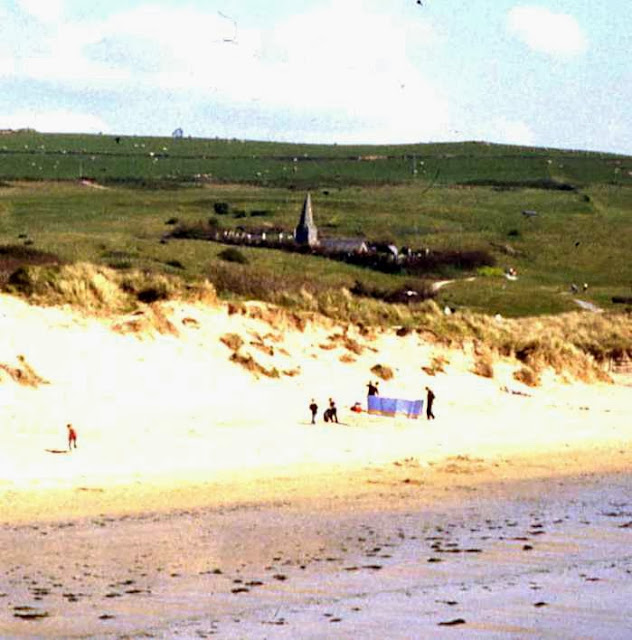This page is about churches which have been moved for one reason or another.
Moveable churches
Two churches in North Yorkshire were not originally built
on their present sites.
In 1877 the parish church of St Mary (c1310) at Tadcaster
near York was actually moved stone by stone from its original position five
feet lower on the bank of the River Wharfe to its present position on higher
ground just a few yards away. This was
done to eliminate the risk of persistent flooding, a shrewd move in the present
climate.
Tadcaster Church
The tiny Elizabethan church of St Chad at Sproxton near
Helmsley was originally the private chapel of the Cholmley family at West
Newton Grange a few miles away. It fell
into disuse in the 18th century and was used as a farm building
until 1878 when it was removed and rebuilt on its present site. This tiny gem was re-consecrated by the
Archbishop of York in August 1879.
Sproxton Church
Whilst the Abbey church at Fearn in Ross and Cromarty in
Scotland has been on its present site since 1338, it was in fact moved from its
original site at Edderton, several miles away near the Dornoch Firth, in that
year. In 1772 the Chapel roof
collapsed, killing a number of people.
Fearn Church
Godshill
Apparently this church was not built on its intended site
Godshill on the Isle of Wight is the quintessential English village where the church on its hill dominates the charming thatched cottages. Legend has it that when the villagers tried to build their church at the foot of the hill, the stones were found to have persistently been moved to the top of the hill where the church was eventually built on Gods Hill.
Godshill church
A marooned church
being completely drowned.
Normanton church in Rutland was built in 1826. Prior to the creation of Rutland Water in
the 1970’s when the village of Hambleton was submerged, the floor level of the
church was raised and the masonry was proofed against damp. A bank and causeway were also constructed and
thus access was maintained and the church was preserved in the waters of the
new reservoir.
Normanton Church
A buried church
Former poet laureate, Sir John Betjeman is buried in the
churchyard.
St Enodoc's Church







No comments:
Post a Comment